Can I run supply lines in the attic?
Stacey Collins
14 years ago
Related Stories
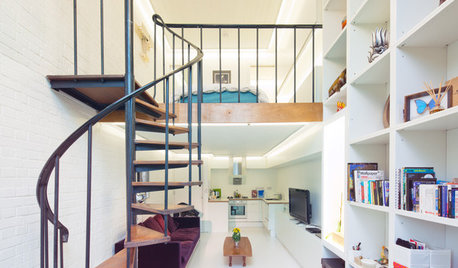
REMODELING GUIDESAsk an Architect: How Can I Carve Out a New Room Without Adding On?
When it comes to creating extra room, a mezzanine or loft level can be your best friend
Full Story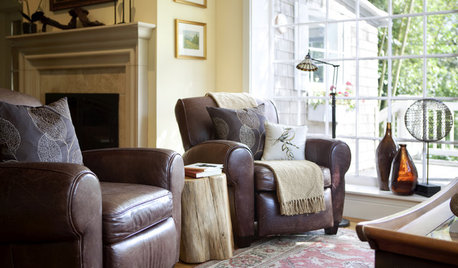
MONTHLY HOME CHECKLISTSFebruary Checklist for a Smooth-Running Home
Romancing the home includes fresh air, fresh flowers and fresh supplies — and taking timeless sickness prevention tips to heart
Full Story
LIFEThe Polite House: How Can I Kindly Get Party Guests to Use Coasters?
Here’s how to handle the age-old entertaining conundrum to protect your furniture — and friendships
Full Story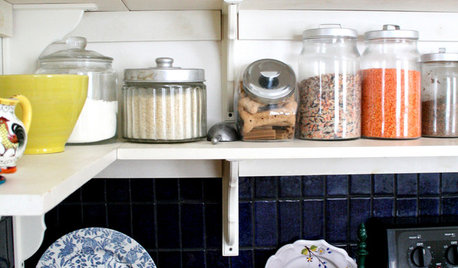
KITCHEN DESIGNDisplaying Kitchen Supplies — Hot or Not?
Do some kitchens just beg for a cozy row of canisters and gear for all to see? Have a look and let us know what you think
Full Story
ORGANIZINGDo It for the Kids! A Few Routines Help a Home Run More Smoothly
Not a Naturally Organized person? These tips can help you tackle the onslaught of papers, meals, laundry — and even help you find your keys
Full Story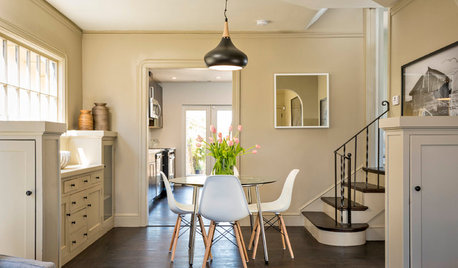
MONTHLY HOME CHECKLISTSNovember Checklist for a Smooth-Running Home
Prep for holiday entertaining and the onslaught of winter to enjoy a healthy home and a relaxed mood
Full Story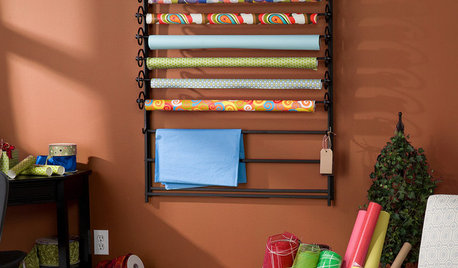
PRODUCT PICKSGuest Picks: Smart Storage for Collections and Craft Supplies
Organize to your heart’s content with creative solutions for keeping all kinds of things neat
Full Story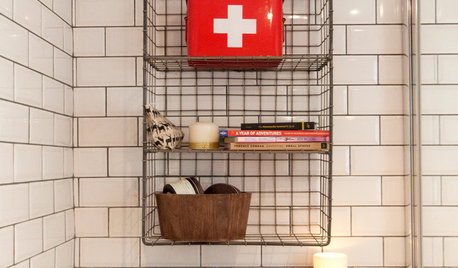
LIFEYour First-Aid, Emergency and Medical Supply Checklist
Don’t wait until you need them to stock your first-aid kit and emergency stash. Here’s what to get and where to keep it
Full Story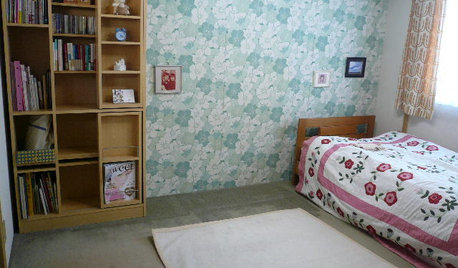
BOOKSCan Tidying Up Result in Life-Changing Magic?
Organizing phenom Marie Kondo promises big results — if you embrace enormous changes and tough choices
Full Story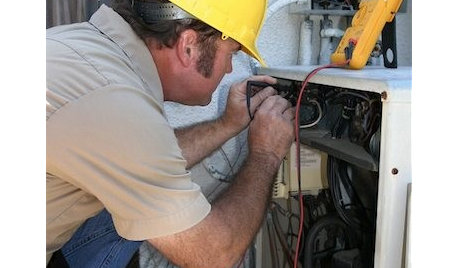
REMODELING GUIDESCan You Handle That Fixer-Upper?
Learn from homeowners who bought into major renovation projects to see if one is right for you
Full StoryMore Discussions







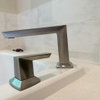

dave777_2009
manhattan42
Related Professionals
Forest Hill Kitchen & Bathroom Remodelers · Bay Shore Kitchen & Bathroom Remodelers · Athens Kitchen & Bathroom Remodelers · Beaverton Kitchen & Bathroom Remodelers · Cleveland Kitchen & Bathroom Remodelers · Garden Grove Kitchen & Bathroom Remodelers · Glen Carbon Kitchen & Bathroom Remodelers · Lisle Kitchen & Bathroom Remodelers · Overland Park Kitchen & Bathroom Remodelers · Park Ridge Kitchen & Bathroom Remodelers · Port Angeles Kitchen & Bathroom Remodelers · Red Bank Kitchen & Bathroom Remodelers · Superior Kitchen & Bathroom Remodelers · Vashon Kitchen & Bathroom Remodelers · Sharonville Kitchen & Bathroom RemodelersStacey CollinsOriginal Author
brickeyee
Stacey CollinsOriginal Author
kudzu9
brickeyee
Stacey CollinsOriginal Author
dave777_2009
kimberly82